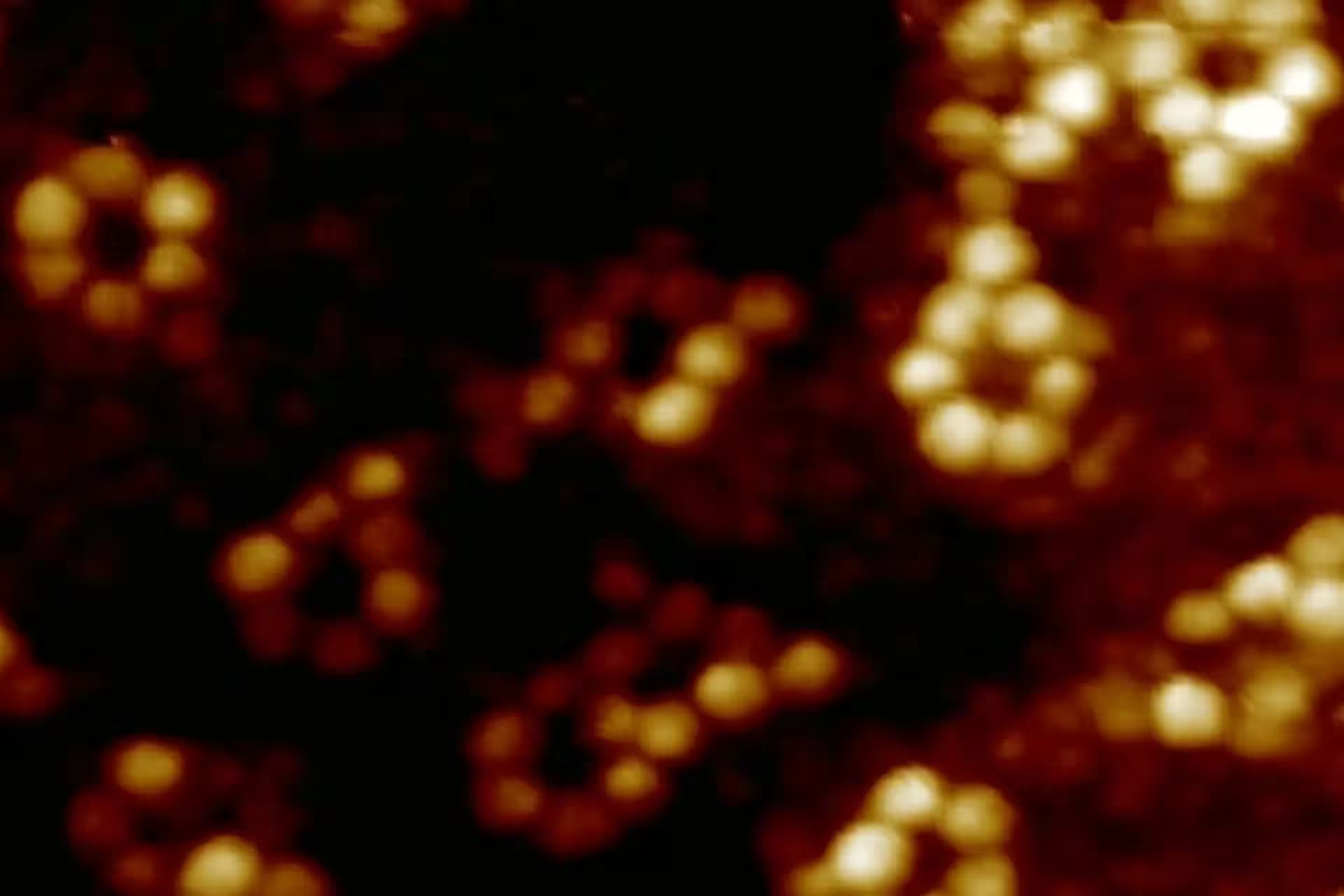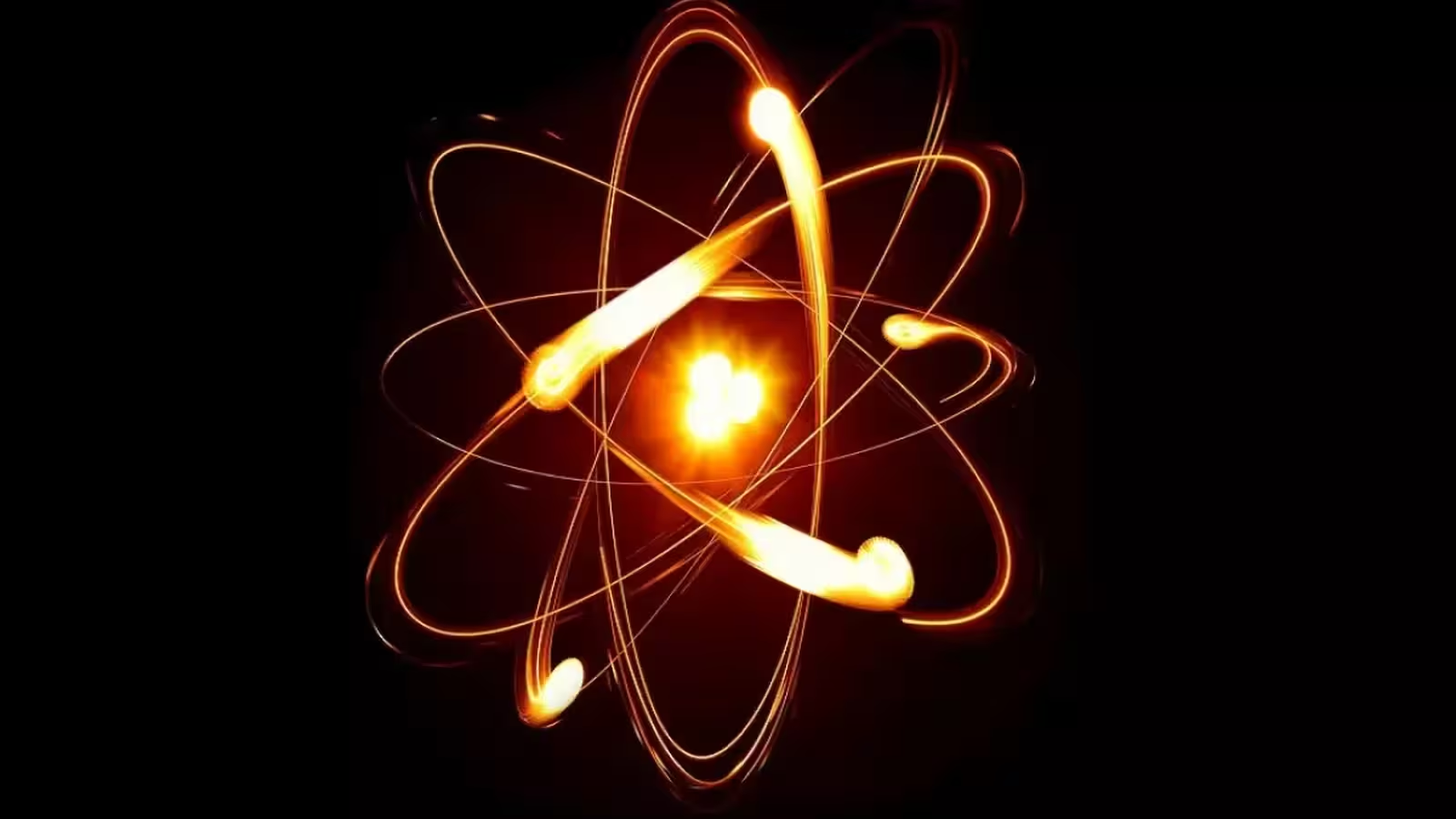2 Minutes
Breakthrough in Atomic Imaging: Strontium Atom Captured
In an unprecedented moment for science and technology, physicists have managed to capture the world’s first real image of a single strontium atom. Utilizing advanced laser cooling techniques and magnetic trapping, researchers isolated and immobilized the atom, providing a unique glimpse into the quantum world that was previously only imaginable through theoretical models and simulations.
Revolutionary Imaging Technology Explained
The process began by directing precise laser beams at the strontium atom to cool it down to near absolute zero. Once the atom reached ultra-low temperatures, magnetic fields were used to trap it in place, allowing a specially engineered camera—designed for imaging individual ions and atoms—to focus on the subject. During the imaging session, light was projected onto the atom, causing it to emit a glow that appeared as a tiny, luminous blue dot suspended between two electrodes. The original image was in black and white, but digital enhancement added a blue hue for better clarity and visual impact.

What Does the Image Reveal?
Interestingly, the photo doesn’t capture the atom's nucleus itself, but rather the electron cloud that surrounds it. Only electrons can interact with incoming light and reflect it in a way that can be recorded by cameras, making the electron cloud the visible part in the final image. This visualization offers crucial insights for quantum mechanics, atomic research, and the ongoing development of quantum computers.
Implications for Technology and Future Innovation
This scientific milestone not only marks a leap forward in the field of quantum physics and nanotechnology but also establishes a foundation for real-world applications such as next-generation quantum computing and atomic-scale sensors. By visualizing individual atoms, researchers can better design and refine quantum devices, pushing the boundaries of what's possible in data processing, encryption, and digital innovation.


Comments